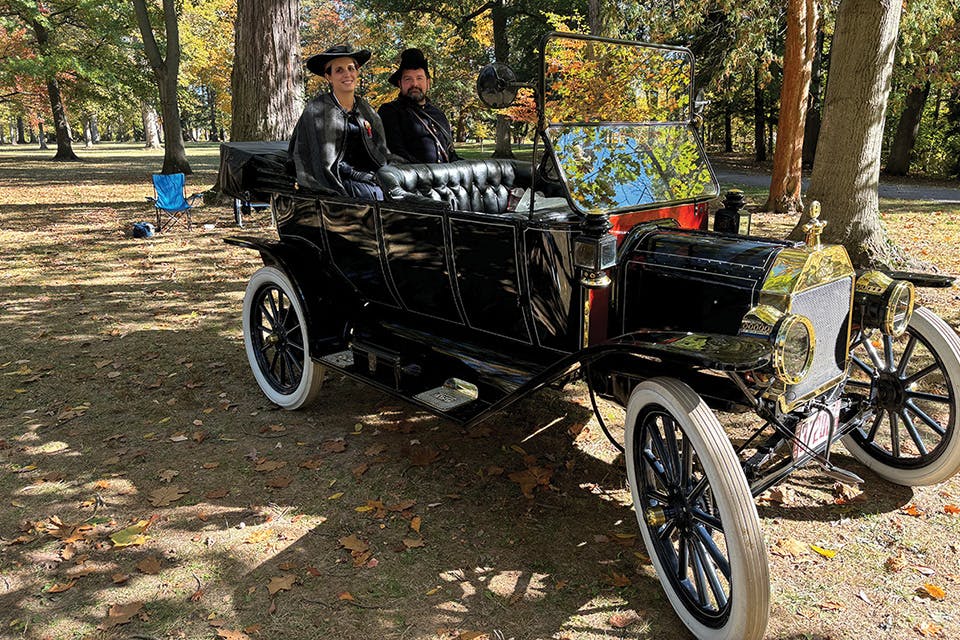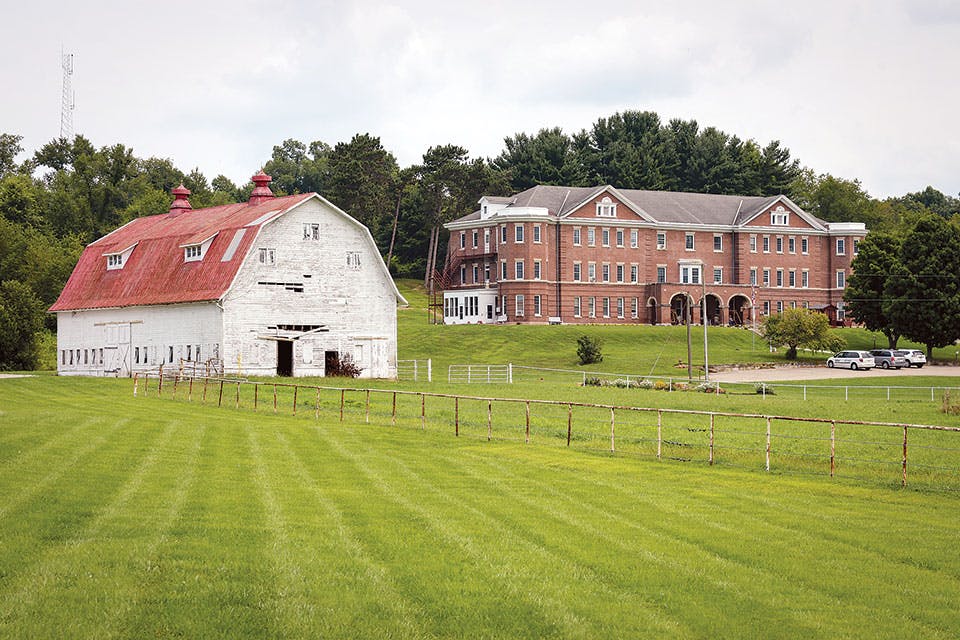Ohio Life
Wood County and Ohio’s Poor Farms
The Wood County Historical Center & Museum presents an exhibition commemorating one of Ohio’s early humanitarian efforts.
Related Articles

Experience Spiegel Grove’s Civil War Winter Camp
History buffs can check out 19th-century camp life, see a brass band on horseback and even take a spin in a Model-T at this immersive fall event. READ MORE >>

Learn About the Race for Flight at Carillon Historical Park
Author, economic historian and professor Burton W. Folsom Jr. discusses the early competition to reach the skies during a presentation about his new book. READ MORE >>

How Ohio Shaped Rod Serling’s ‘The Twilight Zone’
Rod Serling created his iconic television series after spending time in Ohio writing radio and television dramas that examined themes of human nature, morality and society’s deepest anxieties. READ MORE >>



